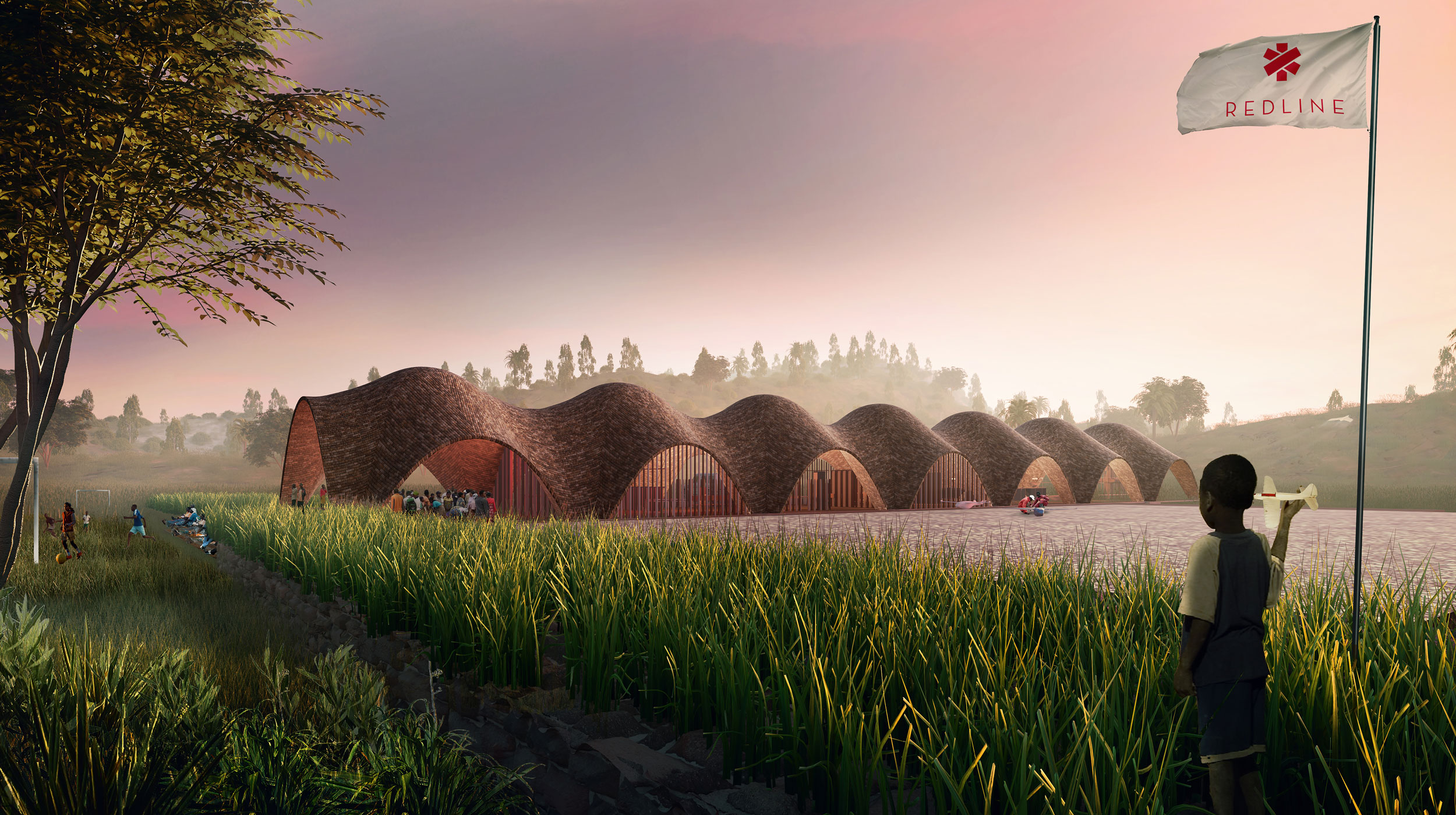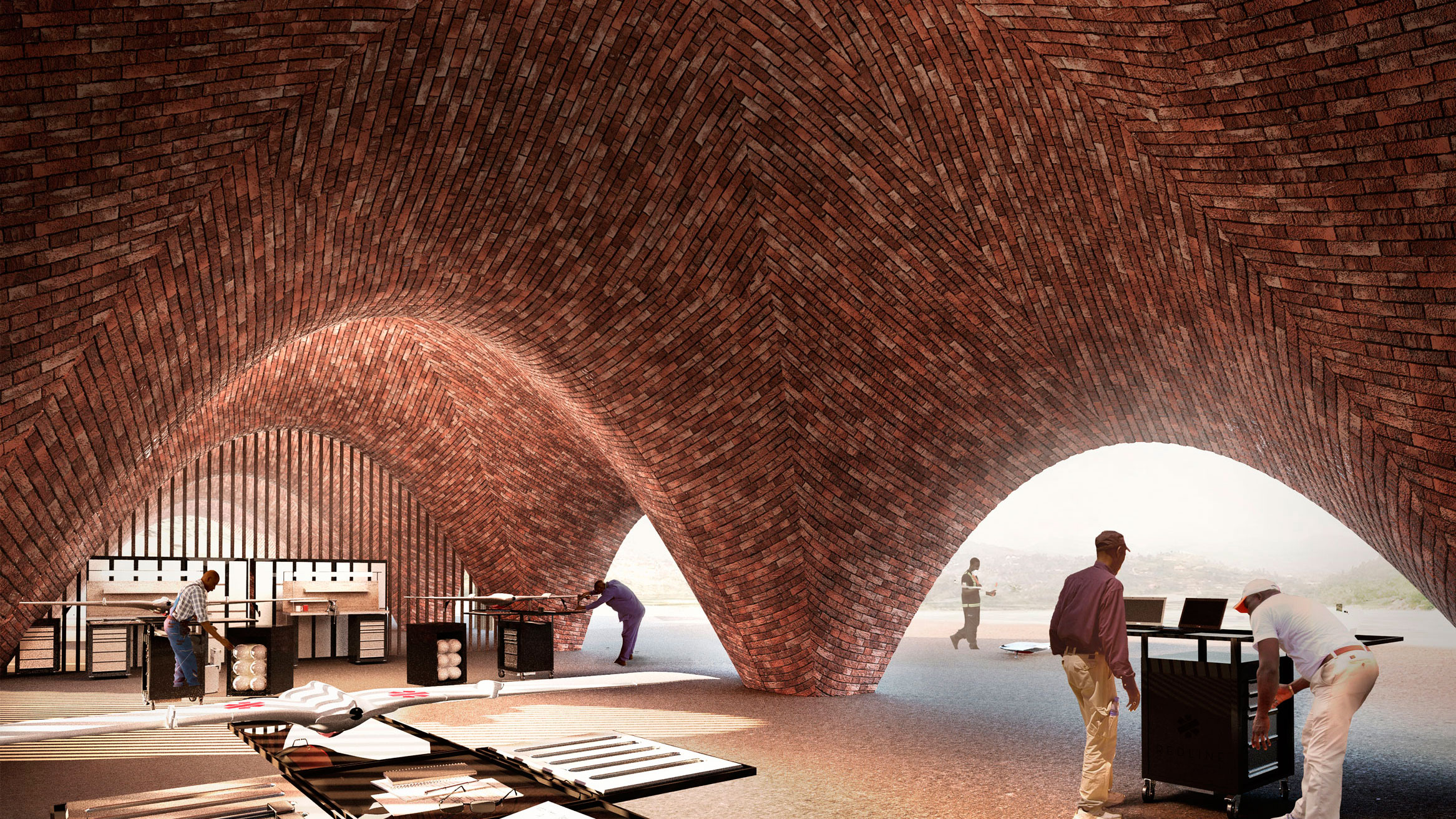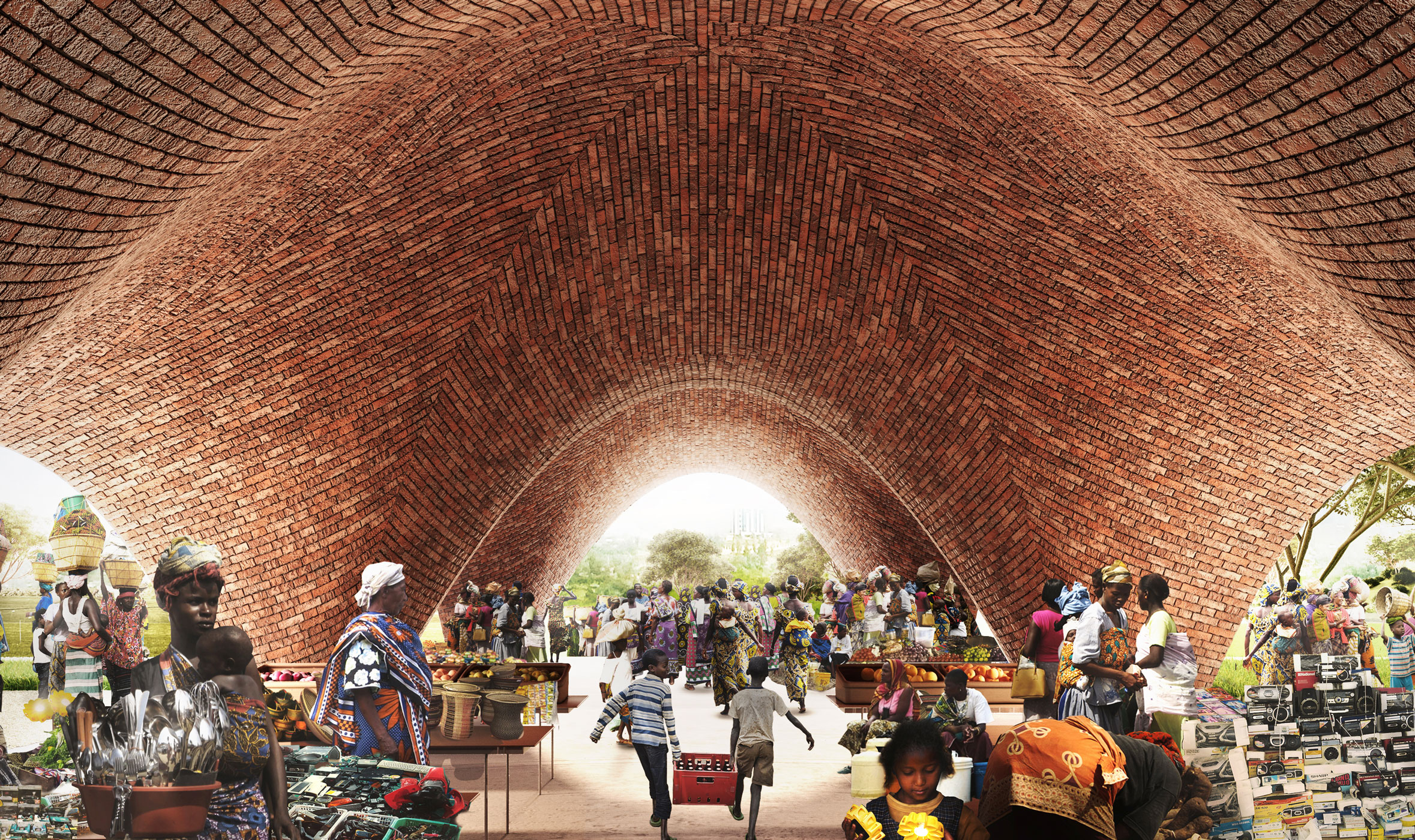Droneport
Rwanda, Africa. 2015 - 2017
The Droneport project is the first initiative by the Norman Foster Foundation. The proposal is to create a network of droneports to deliver medical supplies alongside other fundamental resources to areas of Africa. Due to the lack of roads and consequential infrastructure, these regions are difficult to access and subsequently, the process of providing inhabitants with these vital amenities becomes challenging. Our ambition is to continuously advance this project in the hopes of providing every small town in Africa alongside other emerging economies with their own Droneport by 2030.
Droneport is the first built project by the Norman Foster Foundation. The first Droneport prototype was unveiled during the Venice Architecture Biennale 2016 and is permanently on view at Venice’s Arsenale. The project is based on the idea of creating a network of droneports to deliver medical supplies and other necessities to areas of Africa and other continents that are difficult to access due to a lack of transport infrastructure.
The Droneport concept was initiated by Jonathan Ledgard, who developed it at the École Polytechnique Fédérale de Lausanne (EPFL) in Switzerland. He approached Norman Foster for this project given his combination of airport design experience and in-depth knowledge of flight as a pilot of sailplanes, helicopters and aircraft.
The government of Rwanda has committed a site and contributed funding for the pilot Droneport. The project offers a new typology of building which, it is envisaged, will grow into a ubiquitous presence in the future, much like petrol stations have become dispersed infrastructure for road traffic. The project has a strong sense of civic presence and is based on the use of knowledge-sharing platforms. It allows for safe landing of quiet drones in a densely populated area, and also includes a health clinic, a digital fabrication shop, a post and courier room, and an e-commerce trading hub, allowing it to become part of local community life.
The project is an evolution of Norman Foster’s and his practices’ previous experience in building airports, as well as earlier lunar building studies conducted in association with the European Space Agency. Just as the structures designed for the moon use a minimal inflatable framework and 3-D printed lunar soil, the Droneport is imagined as a ‘kit of parts’ where only the basic formwork and brick-press machinery is delivered to site, and the raw materials, such as clay for bricks and boulders for the foundation, are locally sourced, reducing material transport costs and making it more sustainable. The central idea being to ‘do more with less’.
The vaulted brick structure has a minimal ground footprint and can be constructed by the local communities who adopt it. Multiple vaults can also be linked together to form flexible spaces based on the demands and needs of a particular place, and the evolution of drone technology.
The Droneport will also be manufacturing centres for drones, generating employment opportunities for the local population. By giving local people the construction knowledge, the project seeks to leave a legacy that will initiate a change of mindset larger than the building itself.
The Norman Foster Foundation was responsible for advancing the project beyond its early feasibility stage and into a built reality. It achieved this by partnering with the LafargeHolcim Foundation and harnessing the commitment of professors and students from a mix of MIT in Cambridge, Massachusetts, ETH in Zurich, EPFL in Lausanne, The Polytechnic University in Madrid and Cambridge University in the UK. The Pavilion will remain in its place as a permanent structure and the gateway to a new public park at the Arsenale, Venice.




